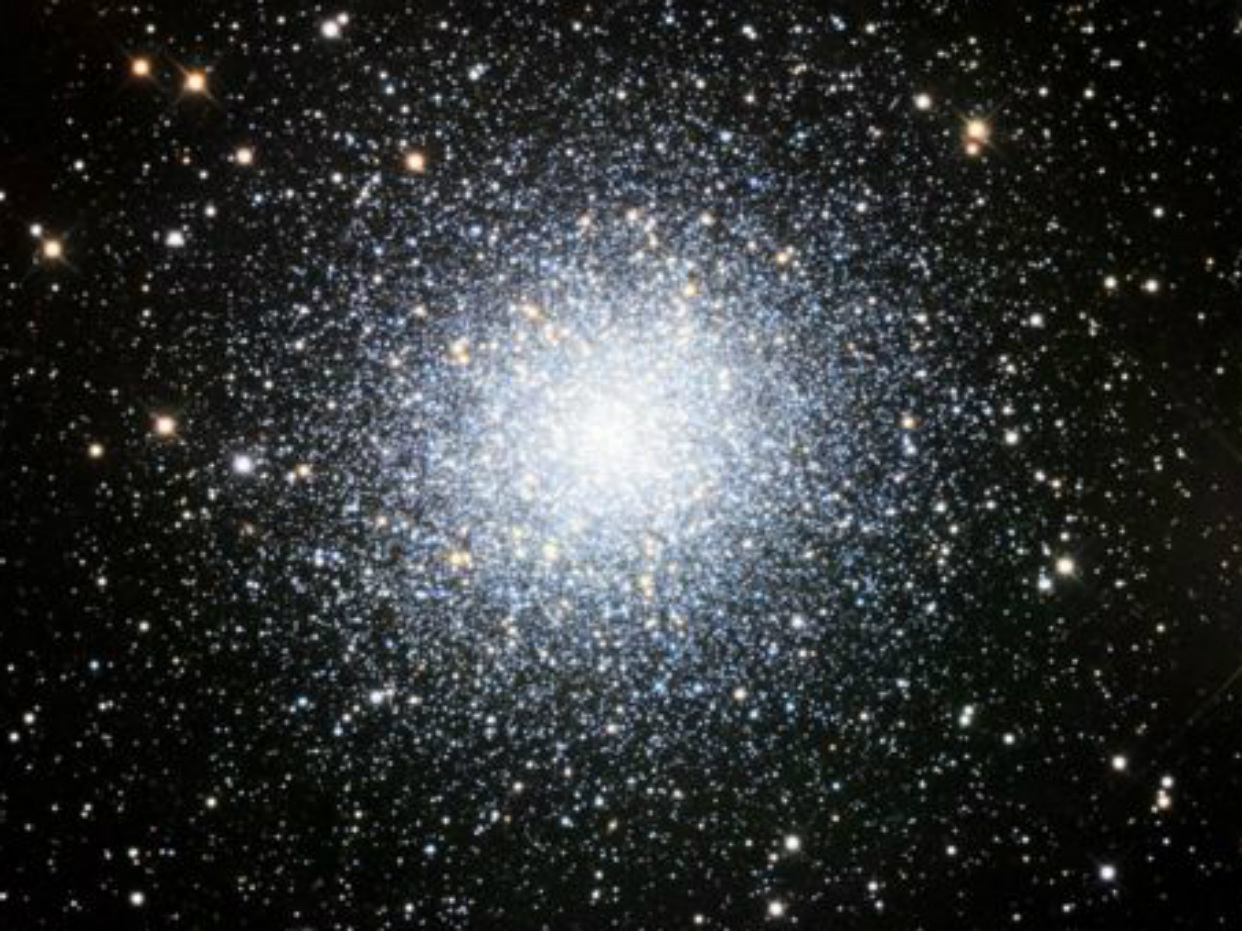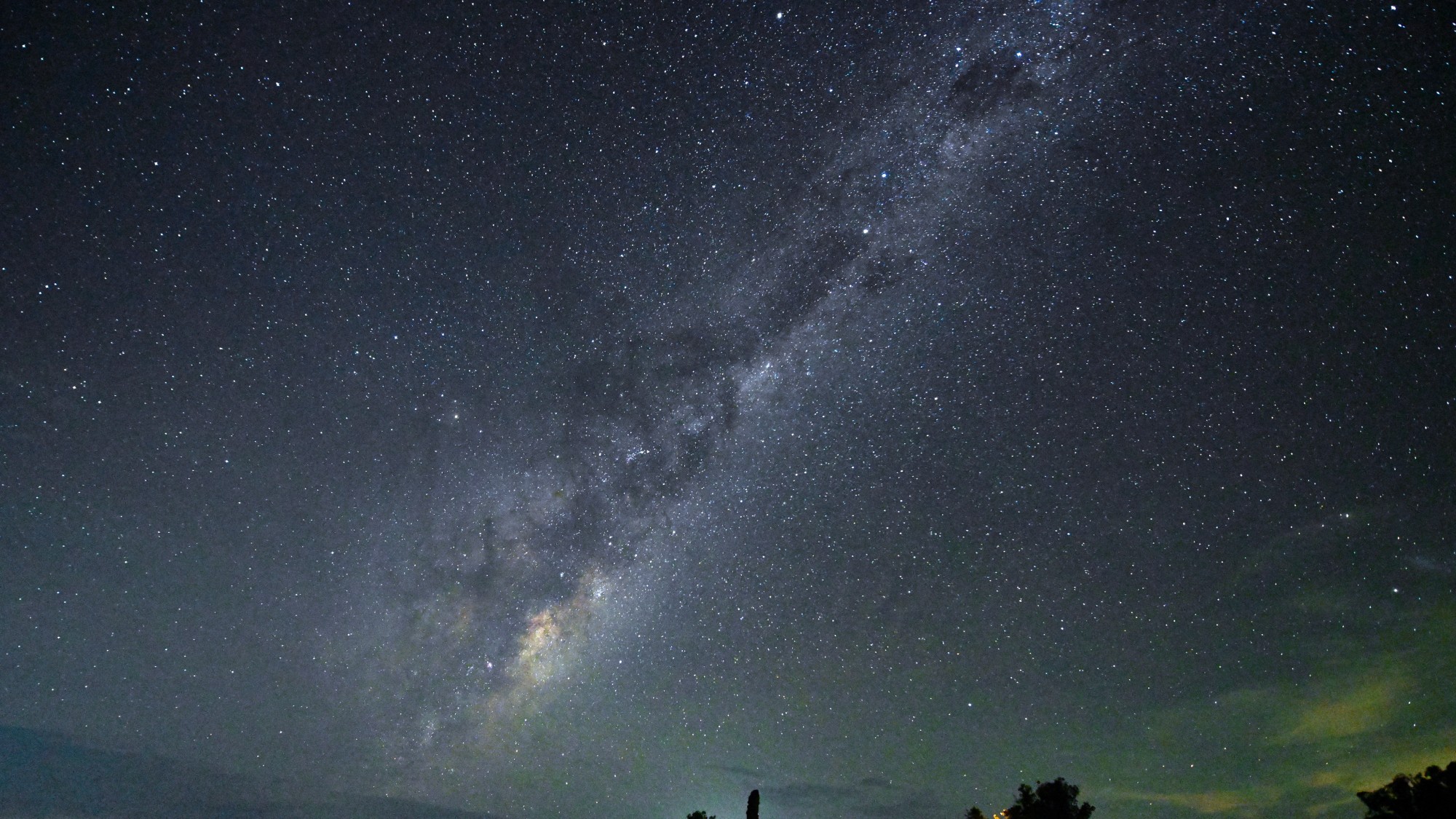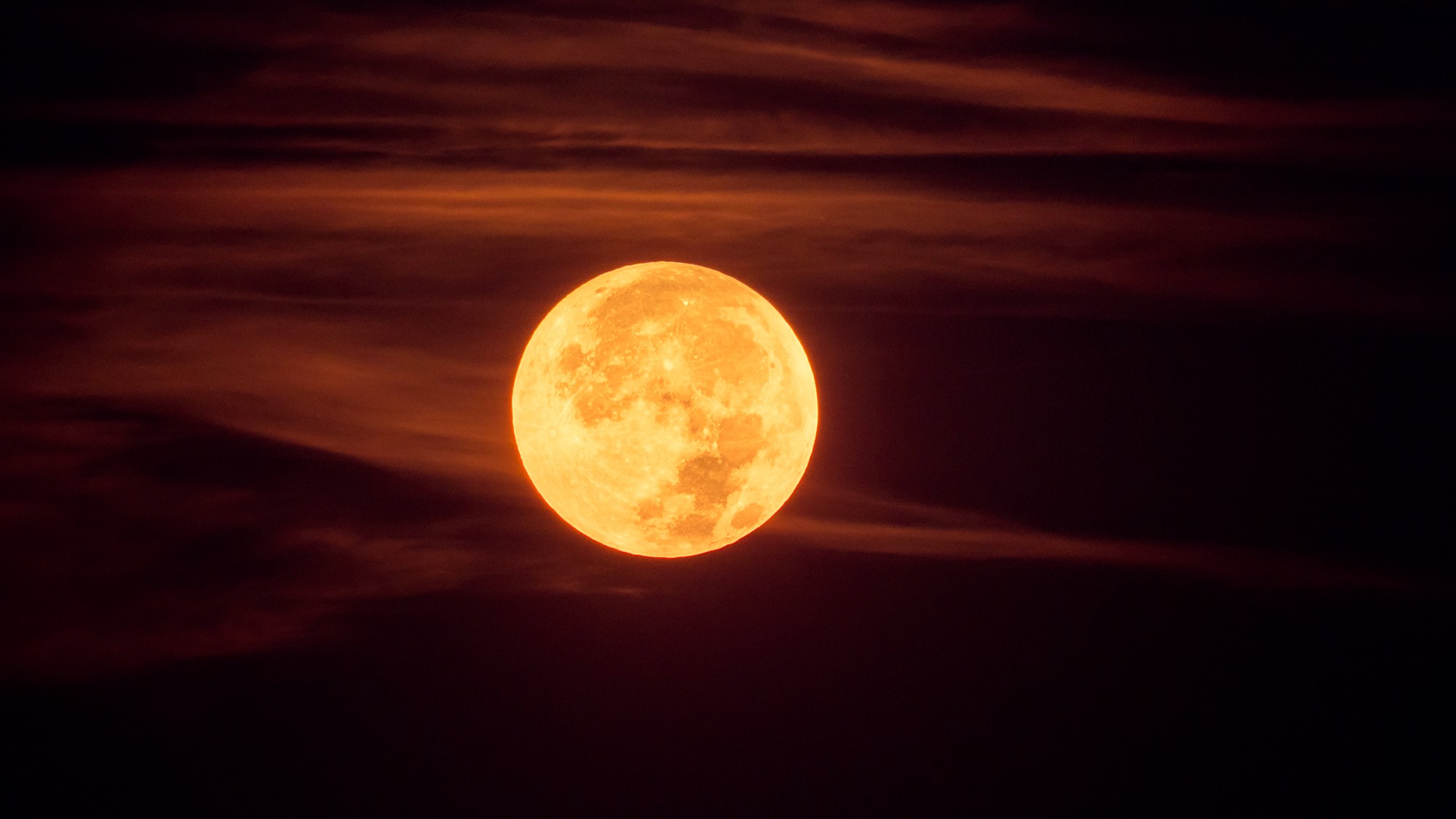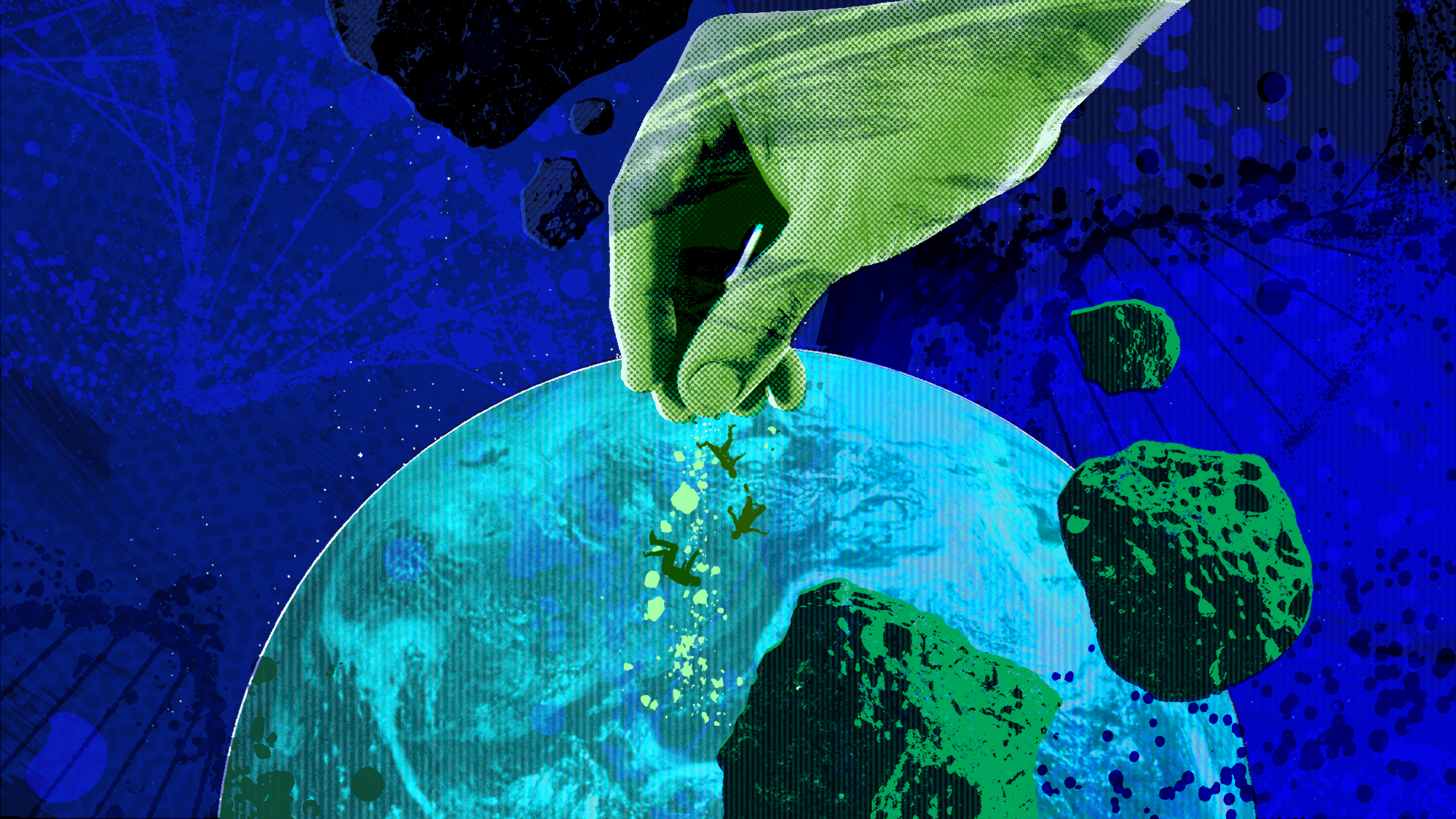HD 164595: Mystery signal excites alien hunters
Experts urge caution after radio waves are detected from Sun-like star that lies 94 light years away from Earth

Astronomers are exploring an unexplained signal picked up by a Russian telescope which has given hope to scientists engaged in the search for extra-terrestrial life.
The "very strong" three-second radio signal was recorded by the RATAN-600 radio telescope in Zelenchukskaya, Russia, in May 2015. The waves came from the vicinity of a Sun-like star called HD 164595, which lies 94 light years away from Earth in the Hercules constellation. At least one planet, about the size of Neptune, is known to orbit the star.
Researchers from the Search for Extra-terrestrial Intelligence (Seti) are now tracking the area for any similar signals, which could theoretically be an attempt at contact from an alien race.
The Week
Escape your echo chamber. Get the facts behind the news, plus analysis from multiple perspectives.

Sign up for The Week's Free Newsletters
From our morning news briefing to a weekly Good News Newsletter, get the best of The Week delivered directly to your inbox.
From our morning news briefing to a weekly Good News Newsletter, get the best of The Week delivered directly to your inbox.
"The signal from HD 164595 is intriguing because it comes from the vicinity of a sun-like star and if it's artificial, its strength is great enough that it was clearly made by a civilisation with capabilities beyond those of humankind," Douglas Vakoch, the president of Meti International, which searches for life beyond Earth, told CNN.
However, experts have urged caution, saying the activity is unlikely to be the work of an advanced alien civilisation. Newly released data from follow-up observations have so far failed to replicate the results of the Russian telescope.
Even Vakoch admits that until the signal can be corroborated by other scientists and examined further, a single reported instance is not credible evidence for extra-terrestrial life. The wave could be explained by a technological glitch or gravitational lensing, a phenomenon where a signal from behind a star or planet appears amplified, he added.
Scientific American goes even further, labelling the alien speculation "this week's biggest non-story in science".
A free daily email with the biggest news stories of the day – and the best features from TheWeek.com
The history of SETI research, it says, is littered with unexplained one-off blips on the radar - such as the tantalising unsolved mystery of the 1977 "Wow!" signal.
Could the signal from HD 164595 be an advanced alien civilisation reaching out to humankind? "Conceivably" yes - but "extraordinary claims require extraordinary evidence", it says. Evidence scientists have so far failed to detect.
-
 Blue Origin launches Mars probes in NASA debut
Blue Origin launches Mars probes in NASA debutSpeed Read The New Glenn rocket is carrying small twin spacecraft toward Mars as part of NASA’s Escapade mission
-
 ‘The Big Crunch’: why science is divided over the future of the universe
‘The Big Crunch’: why science is divided over the future of the universeThe Explainer New study upends the prevailing theory about dark matter and says it is weakening
-
 The moon is rusting
The moon is rustingUnder the radar The Earth is likely to blame
-
 Panspermia: the theory that life was sent to Earth by aliens
Panspermia: the theory that life was sent to Earth by aliensUnder The Radar New findings have resurfaced an old, controversial idea
-
 Africa could become the next frontier for space programs
Africa could become the next frontier for space programsThe Explainer China and the US are both working on space applications for Africa
-
 Hurricanes are not exclusive to Earth. They can happen in space.
Hurricanes are not exclusive to Earth. They can happen in space.Under the radar These storms may cause navigational problems
-
 Answers to how life on Earth began could be stuck on Mars
Answers to how life on Earth began could be stuck on MarsUnder the Radar Donald Trump plans to scrap Nasa's Mars Sample Return mission – stranding test tubes on the Red Planet and ceding potentially valuable information to China
-
 The treasure trove of platinum on the moon
The treasure trove of platinum on the moonUnder the radar This kind of bounty could lead to commercial exploitation


